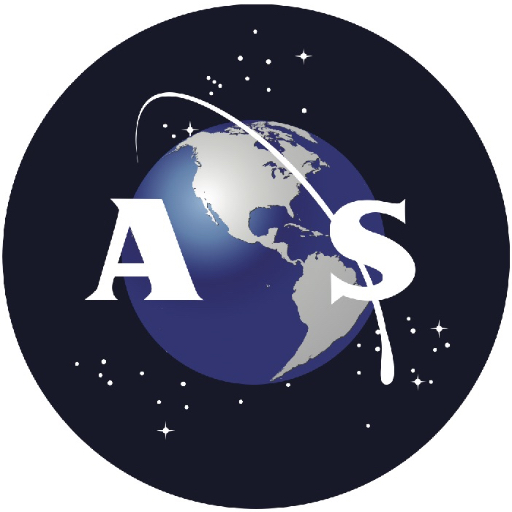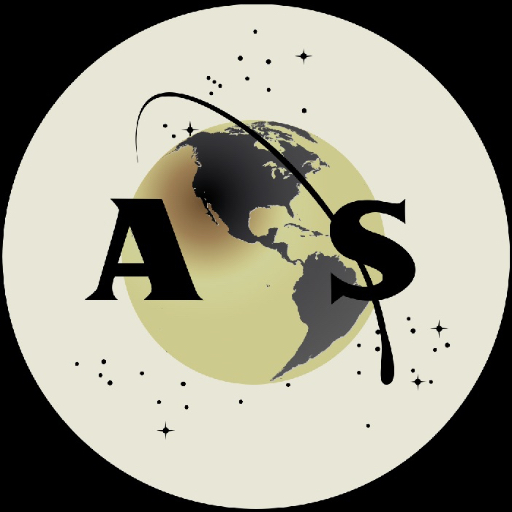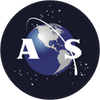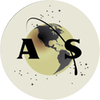
Space Exploration Technologies or “SpaceX” has completed a vital design review of the crewed version of the company’s Dragon spacecraft. Known as the “concept baseline review” – the study was conducted by NASA and reviewed the primary and secondary design elements of SpaceX’s Dragon capsule. The review was held June 14 at SpaceX’s headquarters located in Hawthorne, Calif.
Each phase of a possible crewed mission was reviewed. Human-rating spacecraft is a hyper-complex endeavor and one few have mastered. The reason more organizations, to include private firms, have not done so is that not only does the spacecraft have to obtain a human rating, but so too does the rocket the spacecraft will ride to orbit as well as the launch pad that the rocket will lift off from.

SpaceX detailed how it plans to modify the launch pads the company would use to support crewed missions. They also described proposed changes to Dragon’s docking capabilities, other various requirements for a human-rated version of the spacecraft and how and where SpaceX plans to land the crewed variant. These were just some of the numerous points that were covered. All aspects of a potential crewed mission to space aboard the Dragon will need to be covered in extreme detail before the first astronauts board the spacecraft for low-Earth-orbit destinations such as the International Space Station.
“SpaceX has made significant progress on its crew transportation capabilities,” NASA CCP Manager Ed Mango said. “We commend the SpaceX team on its diligence in meeting its CCDev2 goals to mature the company’s technology as this nation continues to build a real capability for America’s commercial spaceflight needs.”

SpaceX is competing with a number of new and established aerospace companies under the Commercial Crew Development Round 2 (CCDev2) contract. Managed by NASA’s Commercial Crew Program, CCDev2 is trying to hand off responsibility of providing access to LEO to these commercial firms while NASA focuses on deep space human exploration missions to include a return to the Moon, asteroids and possibly Mars.
The primary focus of NASA’s recent review of Dragon – was safety. SpaceX representatives showed how the company’s SuperDraco launch abort system (LAS) would work if required during both ascent and reentry emergency scenarios. It is planned to utilize SuperDraco to safely ferry astronauts away from danger during various stages of a mission.

SpaceX’s founder, Elon Musk, viewed the completion of the review as a sign that the company is making steady progress toward one day carrying astronauts.
“The successful conclusion of the concept baseline review places SpaceX exactly where we want to be – ready to move on to the next phase and on target to fly people into space aboard Dragon by the middle of the decade,” Musk said.

Missions » ISS »



